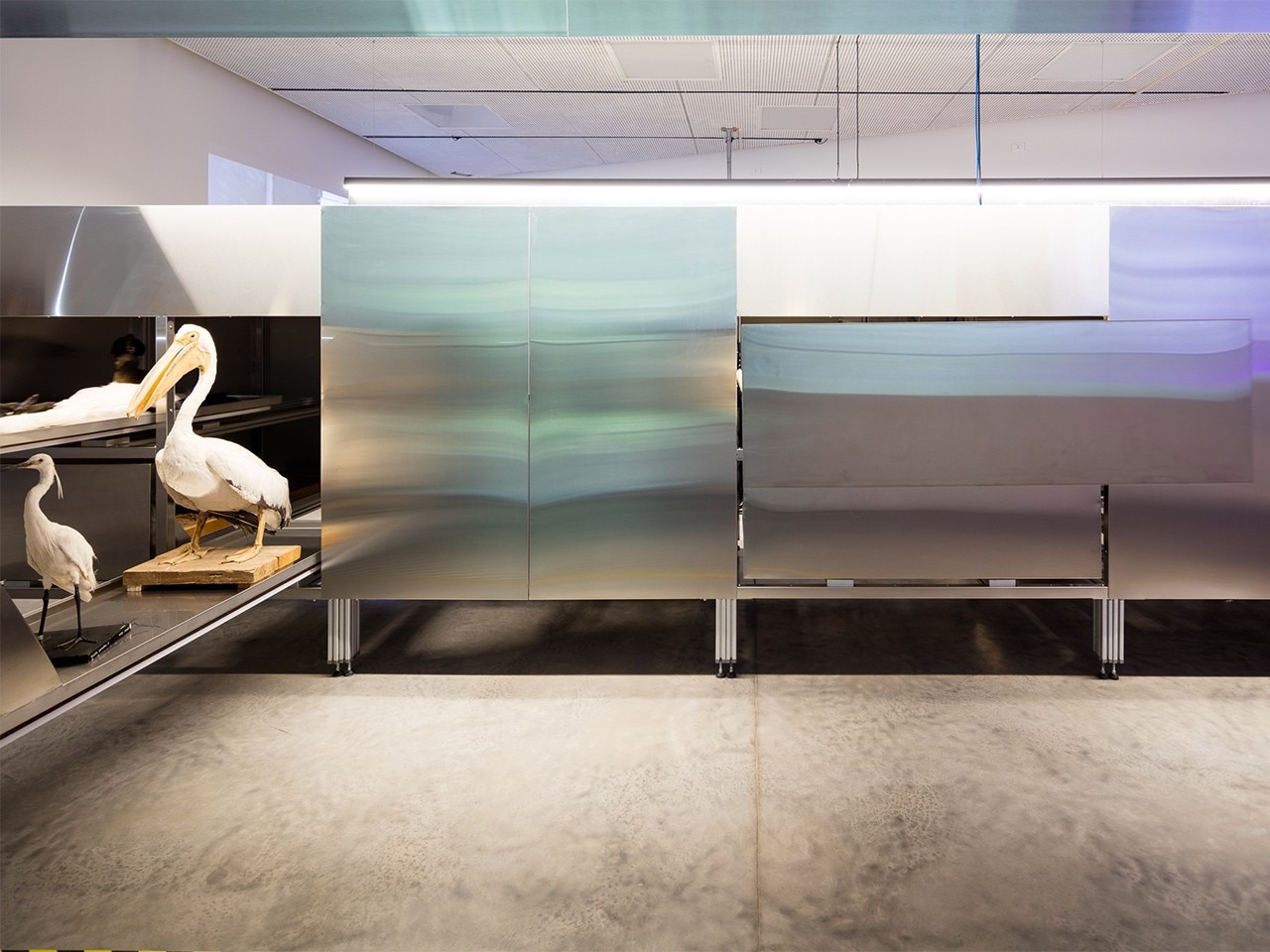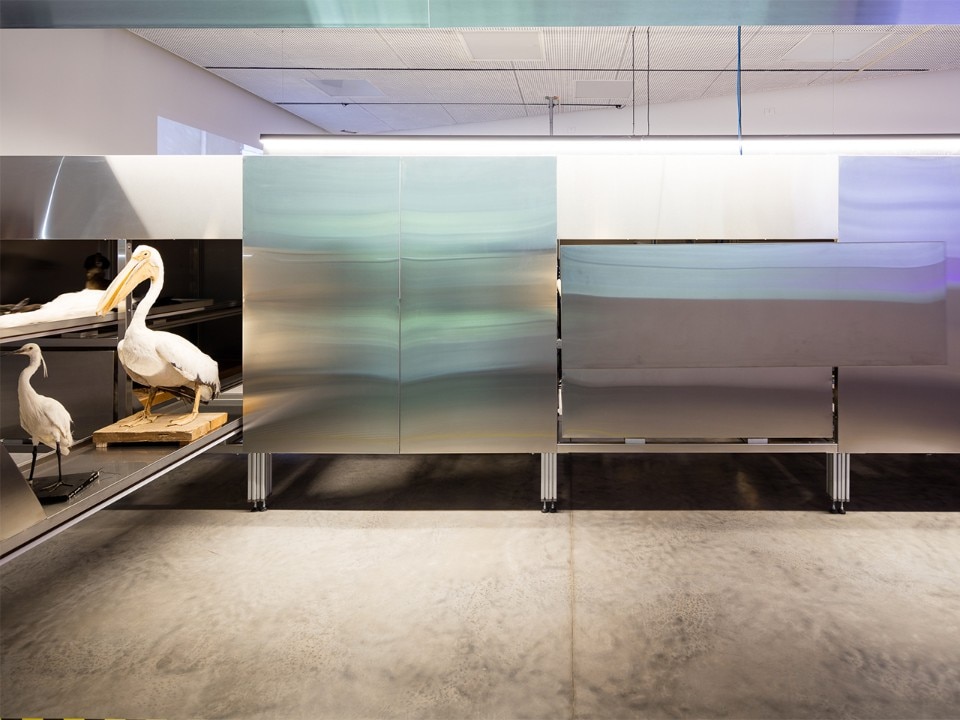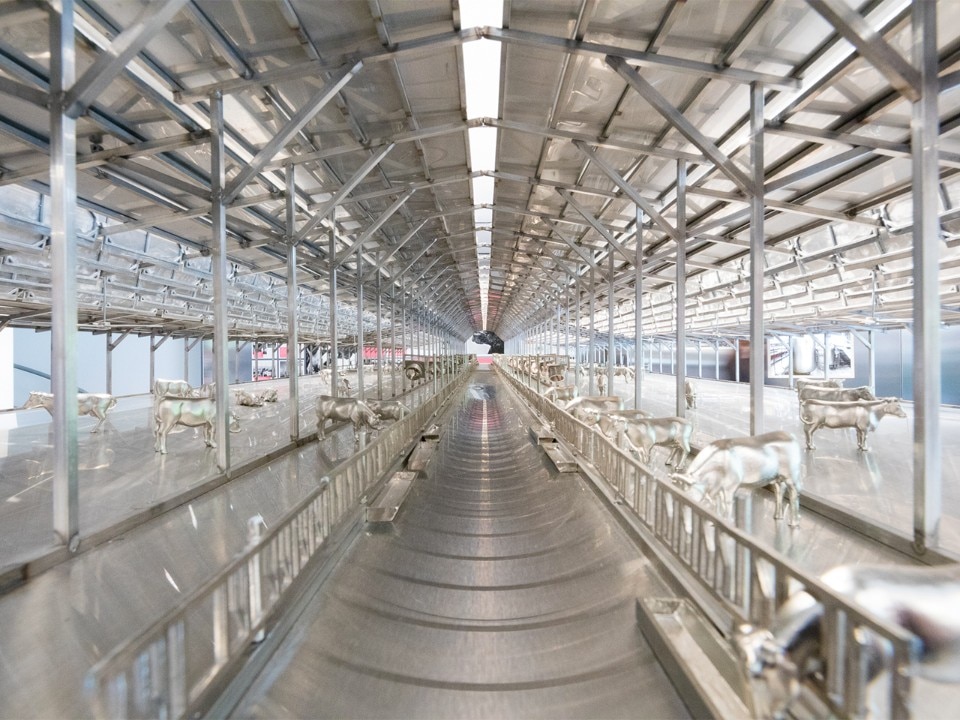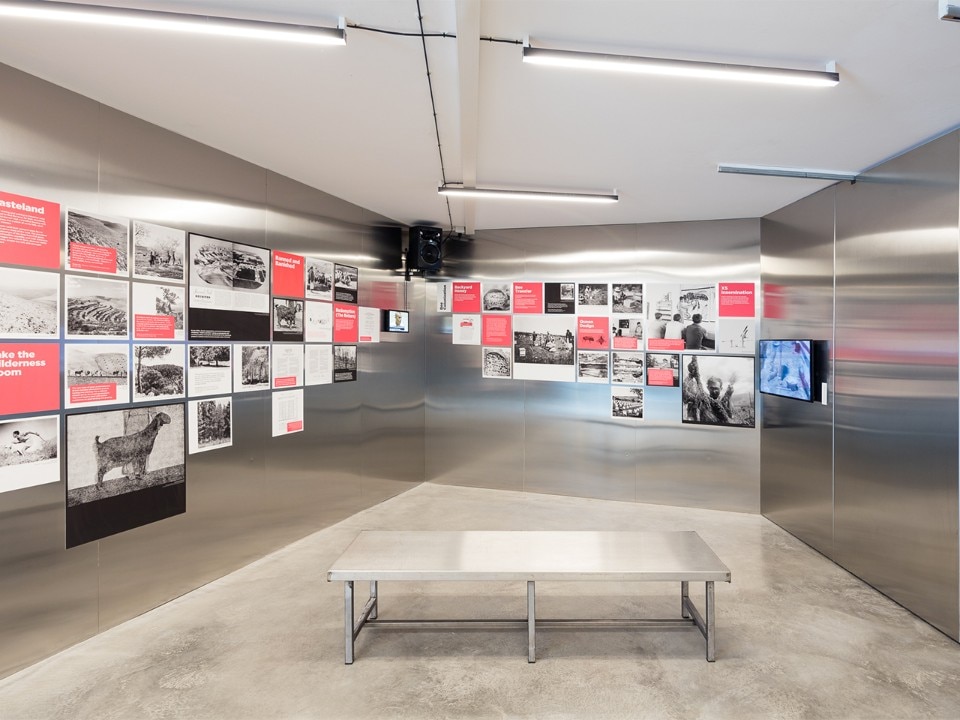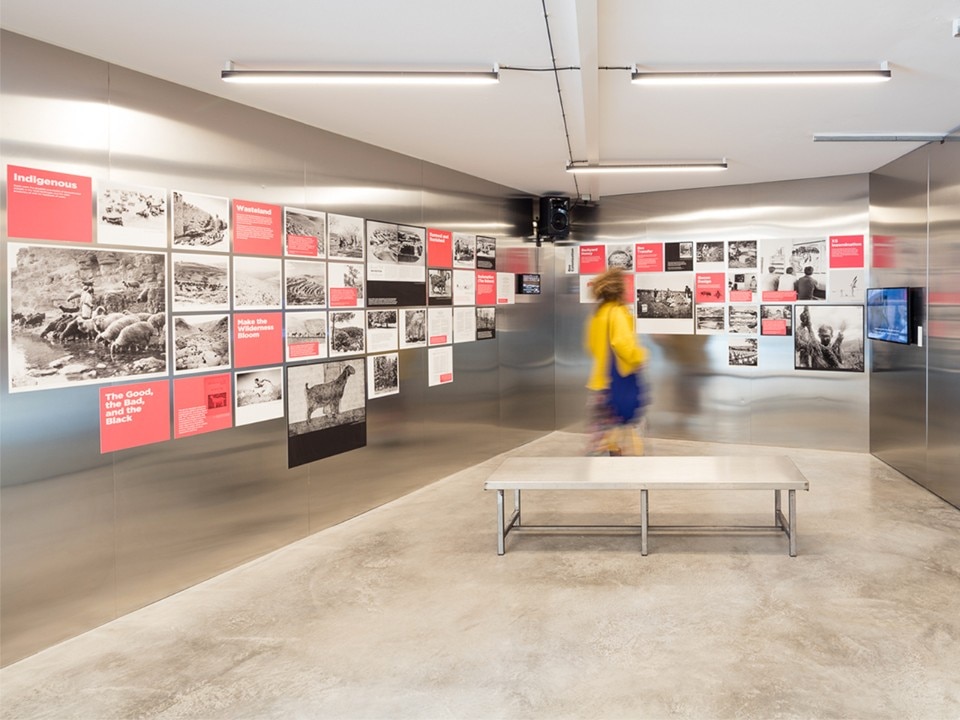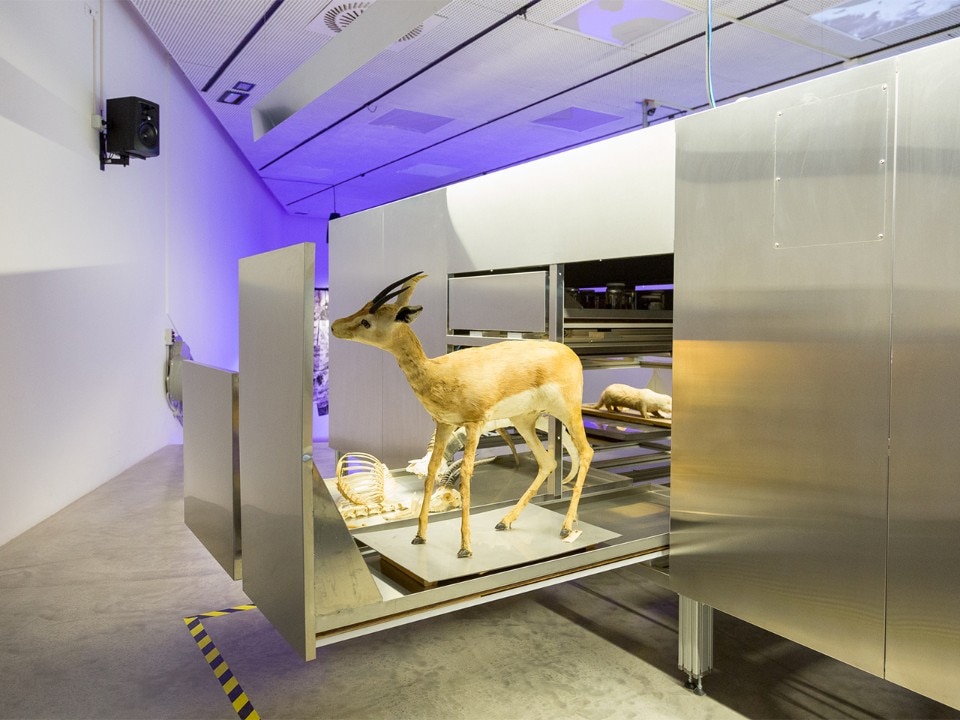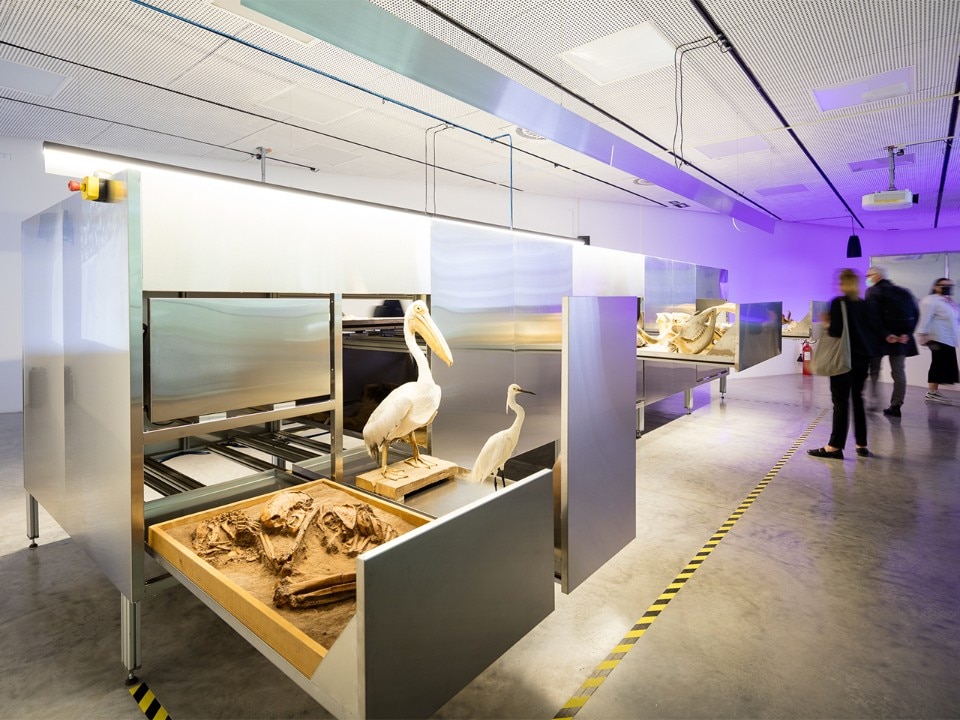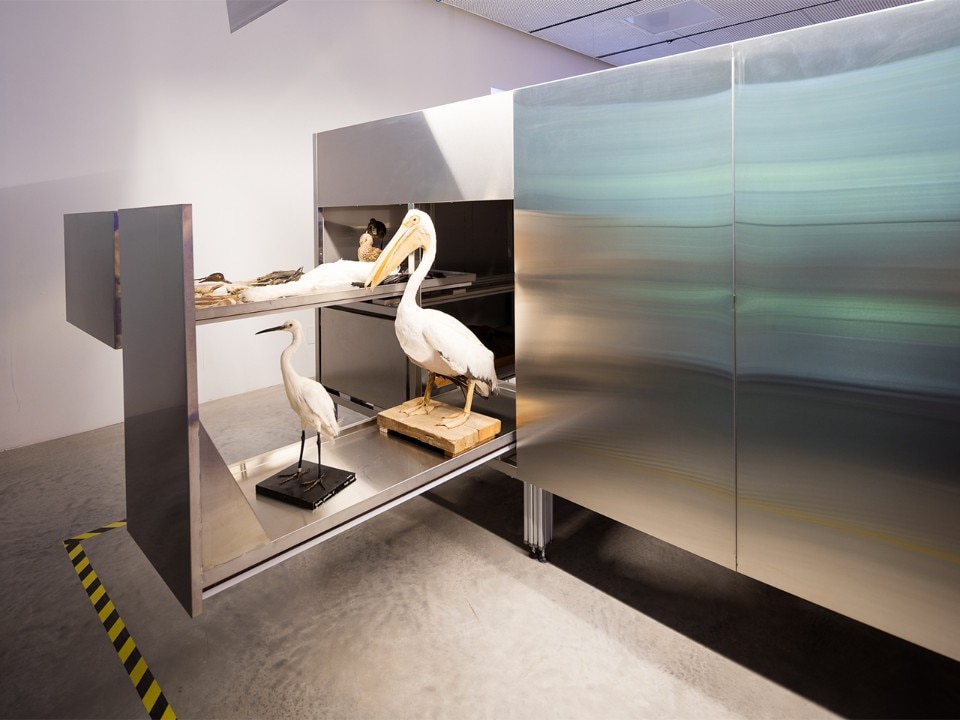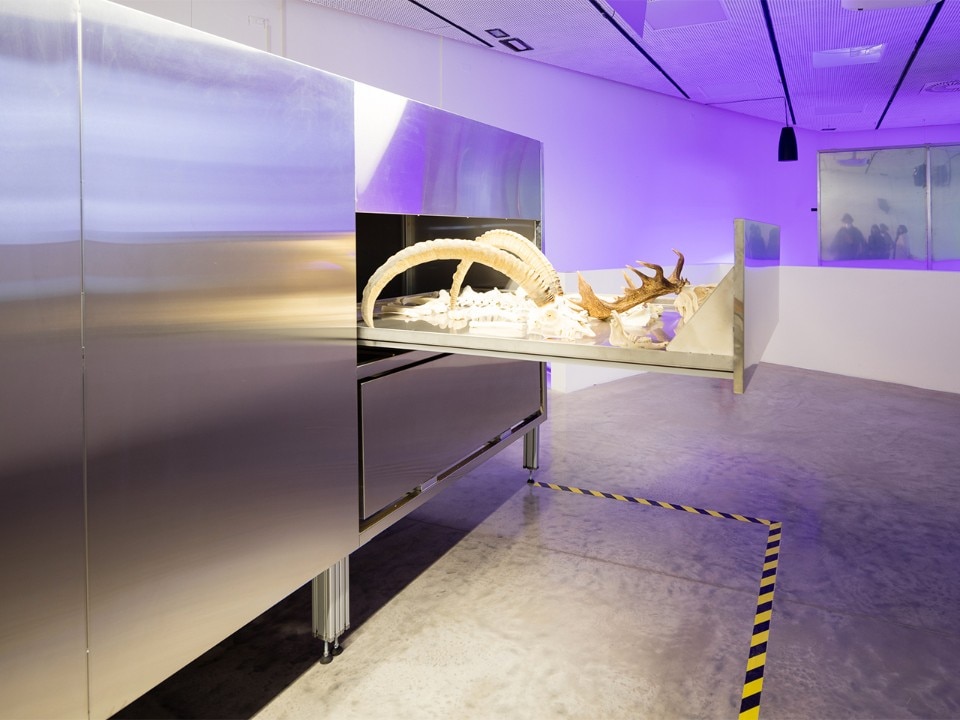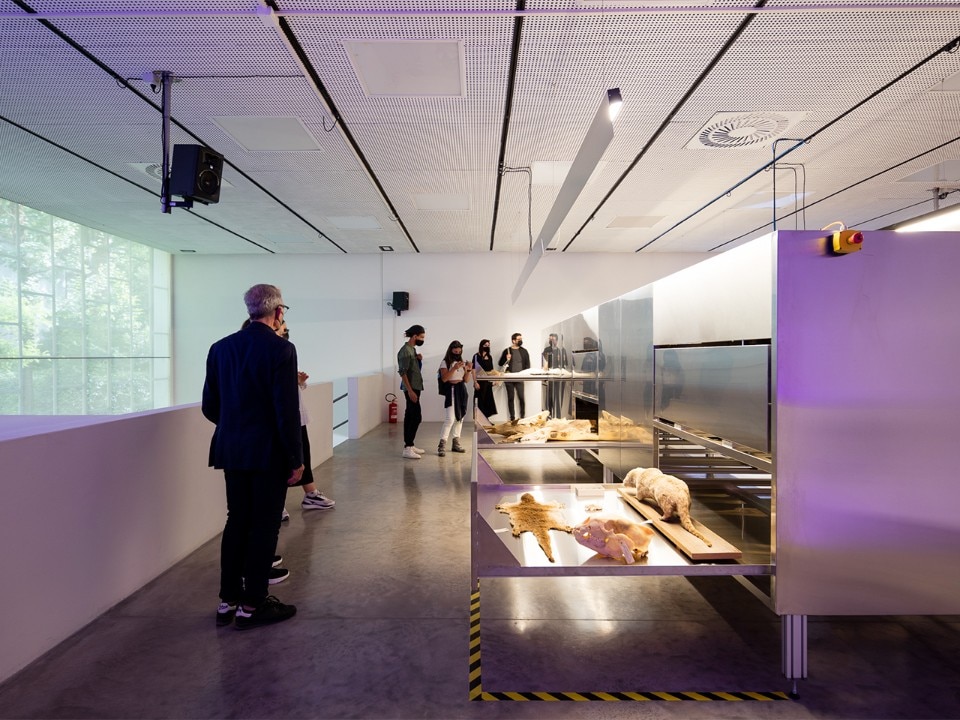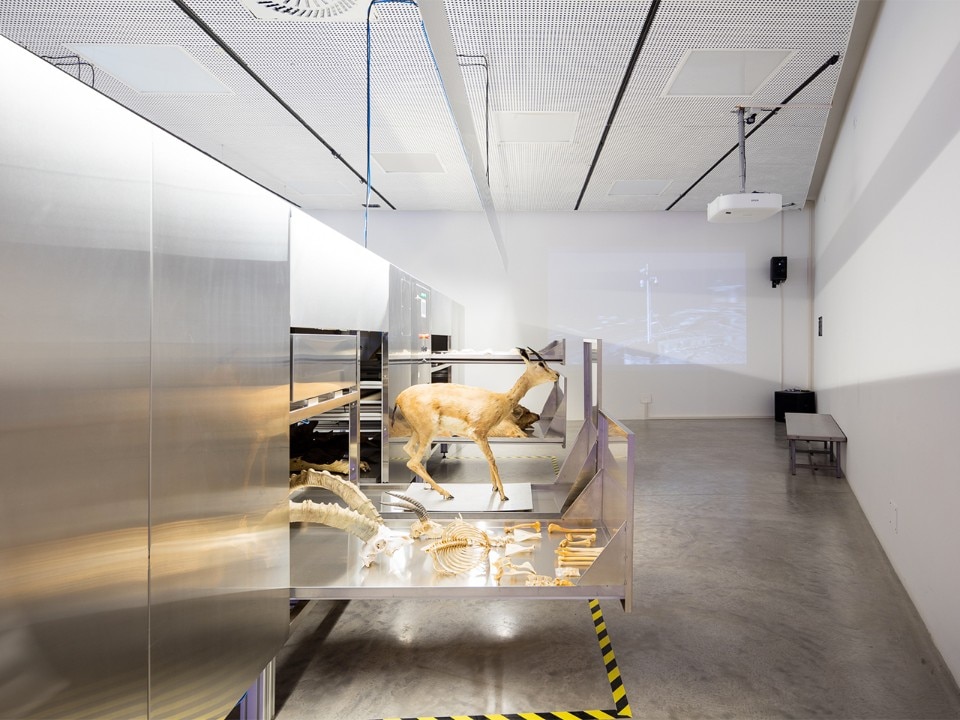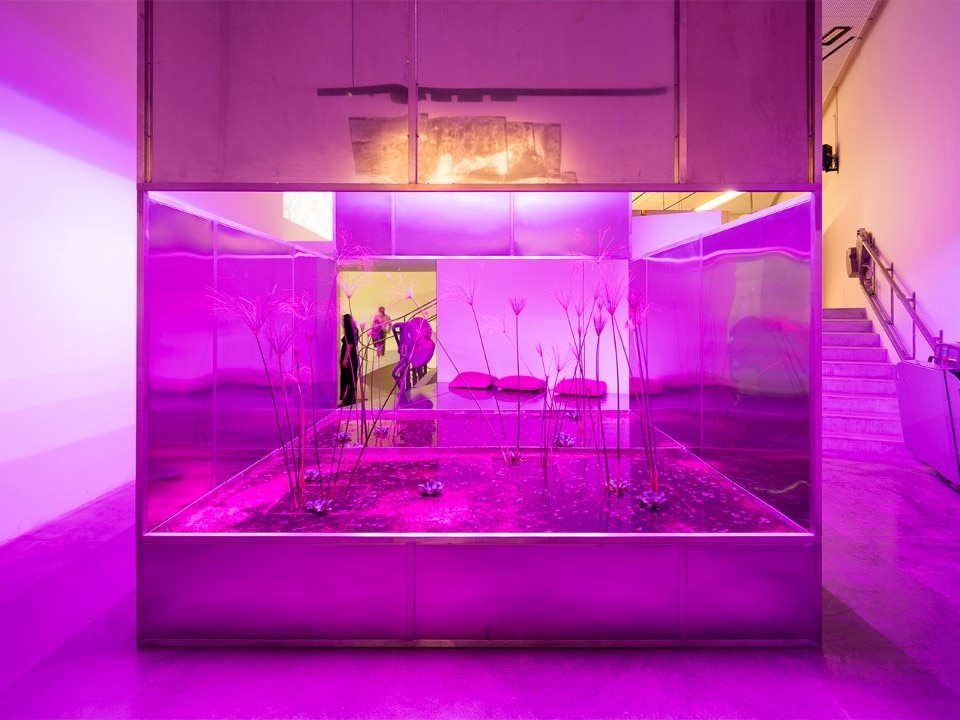The considerations on the matter of our relationship with other animals begin from the understanding, amplified by the pandemic, that we are animals too. The topic is object of an intense debate not only on a philosophical level, but also on an architectonic and landscape one.
Can we still accept the paradigm according to which there is a vertical hierarchy among living creatures where on top sits the human animal? Is it still acceptable to violently exploit domestic animals, but also plants, and the soil? The answer to the first question touches upon complex themes that concern science and religion too. The second question, though, requires and urgent answer because it concerns us all as both individuals and as a social group, regardless of where we live.
The multidisciplinary curatorial team of the Israeli pavilion – Dan Hasson, Iddo Ginat, Rachel Gottesman, Yonatan Cohen, Tamar Novick – brilliantly faces this theme beginning from the evolution of the relationship with plants and animals developed in Palestine in the last century. The historical analysis on the transformation of a landscape also works as a solid lesson, taught through photographs, documents and installations. “Land. Milk. Honey.” takes into examination five local animals: the cow, the goat, the honey bee, the water buffalo and the bat. The studies of these cases and their zootechnic analysis create the spatial history of that area within five acts: Mechanisation, Territory, Co-habitation, Extinction, and the Post-Human.
The Biblical Promised Land, generous of milk and honey, actually reveals to be a land with a climate ranging from Mediterranean to semi-desertic. The populations, human and animal, inhabiting it at the beginning of the twentieth century, although not always at peace among each other, co-existed with the environment and had developed agricultural and farming techniques appropriate to the place.
What the pavilion shows us is what happened in the territory of the Israeli-Palestine conflict. The contended land – and water – has become the site of the modernist project of abundance that has overturned its physiognomy and destroyed – and still does today – entire communities and their knowledge. The prosperous Israeli farming landscape was developed to the damage of autochthonous animals and plants, some of whom have disappeared forever.
For sure, this model allows to feed over 9 million Israeli and 5 million Palestinians inhabiting those spaces – they were 690.000 altogether in 1912 (British source https://www.britannica.com/place/Palestine/The-Crusades) – and to even export food supplies. However, the price paid is that of exploiting resources, a practice that now resonates as no longer sustainable nor acceptable. As unacceptable as the never-ending war.
- Pavilion:
- Israel
- Curator:
- Dan Hasson, Iddo Ginat, Rachel Gottesman, Yonatan Cohen, Tamar Novick
- Title:
- Land. Milk. Honey.
- Where:
- Giardini
- Venue:
- Venice Biennale
- Until:
- 22 November 2021


